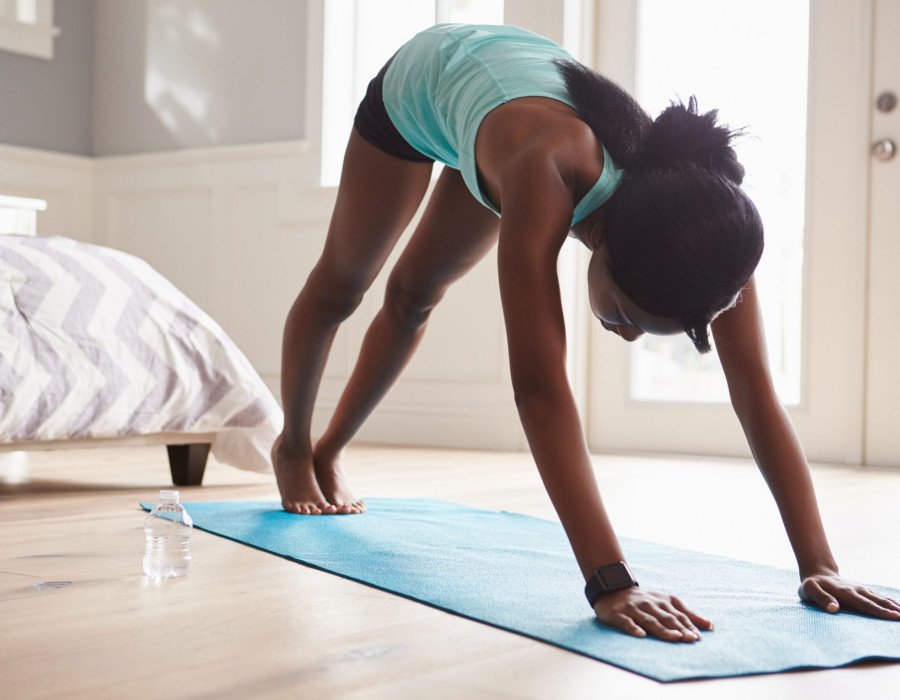General
What is mobility and why is it so important?

What is mobility?
‘Mobility’ is a term used frequently by physiotherapists. It refers to how well we are able to move our bodies (joints and muscles) freely through their full range of motion. This term may seem like ‘jargon’ – but trust me, if you’ve been struggling to tie your hair up, or get a new personal best on that back squat, mobility should become part of your vocabulary too…
Flexibility vs mobility…
Two words that are so often used interchangeably but mean very different things.
Flexibility is how well your joint can move passively. I.e. how far I as a Physio could move your leg and stretch your hamstring.
Mobility is how well you can actively move your own joint. I.e. how far you can move your leg yourself (without your hands pulling) to stretch your hamstring.
Both are integral in supporting our everyday activities, movements and postures. However, arguably, good mobility is what allows us to take our activities to the next level and unleash our hidden potential. After all, a physio isn’t going to be at your side passively moving your limbs every day!
How can we mobilise?
It’s a great question to which I could quite literally give you a thousand answers! As part of a client’s journey, a physio will likely prescribe mobility-based exercises to help a patient move better and fundamentally reduce their pain.
A mobility exercise is often prescribed based on the area that is restricted or not moving at its full potential. It will often involve active stretching, passive stretching, isometric (or static) muscle contractions, eccentric loading or even concentric loading. We believe that the best approach is a multifaceted one, and we will often prescribe a combination in order to help you achieve your goals.
What equipment do I need?
The great news is – you really don’t need a huge amount of equipment, if anything, to be able to do mobility work. Physios will ascertain what equipment you do or don’t have and take it from there.
A bit of floor space is often a good starting point. Having said that, a physio’s clinic room will often contain a whole treasure trove of kit – including foam rollers, trigger point balls, roller sticks, yoga balls and blocks to name but a few. These are by no means essential for your mobility workouts, but they can be an extremely effective addition.
If I was to recommend one piece of equipment to any patient it would be a long foam roller every day of the week. They are really versatile and will allow you to take your training to the next level.
How does this help me?
As I have subtly eluded to… working on your mobility can play a huge part in improving your overall performance. A body that moves at its best is only going to achieve bigger and better things.
Working on your ankle dorsiflexion and thoracic extension can improve your back squat. Working on your shoulder range and scapular retraction can help you to finally get your hair tied back up again. And ultimately, the most life-changing effect is when we get you mobilising an area that that can help eliminate chronic pain.
Which mobility exercises are best?
There are a whole host of different ways we can exercise to mobilise our bodies. If we are talking about a specific injury, joint or activity, I would strongly advise having your movement patterns screened by a physio. They will be able to determine exactly which exercises you should be doing.
In the meantime, if you want to start exploring the marvellous world of mobility exercises, then my wonderful colleagues and I have put together some videos on our YouTube channel which you can access here. I’d highly recommend giving them a watch and hope you enjoy!